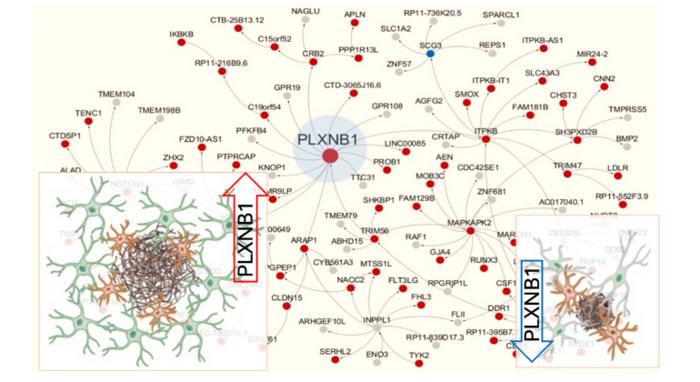Doping engineering in halide perovskite, an efficient synthesis method of white LEDs
In 1879, Edison invented the incandescent lamp, which brought light to the night. In 1969, the first red light emitting diodes (LEDs) lamp came out. However, as the key to making white light bulbs, high-energy blue light has not been successfully commercialized. Until 1998, the Japan’s Nakamura Shoji made white LEDs, which marked the official […]

In 1879, Edison invented the incandescent lamp, which brought light to the night. In 1969, the first red light emitting diodes (LEDs) lamp came out. However, as the key to making white light bulbs, high-energy blue light has not been successfully commercialized. Until 1998, the Japan’s Nakamura Shoji made white LEDs, which marked the official entry of LEDs into the lighting era. LEDs have the advantages of high efficiency, environmental protection and energy saving. Metal halide perovskites (MHPs) have become a powerful candidate for new LEDs due to their excellent photoelectric properties. By doping metal ions into MHPs, fluorescent materials with different luminescent colors can be manufactured.
![Luminescence properties of Sb3+ doped and Bi3+/Sb3+ co-doped [(CH3)3S]2SnCl6H2O](https://i0.wp.com/bioengineer.org/wp-content/uploads/2024/03/Doping-engineering-in-halide-perovskite-an-efficient-synthesis-method-of.jpeg?ssl=1)
Credit: Yitong Lin, Yu Zhong, Yangpeng Lin, Jiawei Lin, Lei Pang, Zhilong Zhang, Yi Zhao, Xiao-Ying Huang, Ke-Zhao Du
In 1879, Edison invented the incandescent lamp, which brought light to the night. In 1969, the first red light emitting diodes (LEDs) lamp came out. However, as the key to making white light bulbs, high-energy blue light has not been successfully commercialized. Until 1998, the Japan’s Nakamura Shoji made white LEDs, which marked the official entry of LEDs into the lighting era. LEDs have the advantages of high efficiency, environmental protection and energy saving. Metal halide perovskites (MHPs) have become a powerful candidate for new LEDs due to their excellent photoelectric properties. By doping metal ions into MHPs, fluorescent materials with different luminescent colors can be manufactured.
The team led by Professor Ke-Zhao Du of Fujian Normal University, China, is very interested in the dopant-controlled luminescence in zero-dimensional (0D) MHPs. The advantages of 0D MHPs, such as simple synthesis and superior tolerance for guest ions, have attracted their attention. However, they noticed that the luminescence color of single-doped MHPs is generally single, and the blue emission is insufficient. In addition, their inferior stability at ambient environment is also a problem. Therefore, they chose aprotic cation with moisture resistance to synthesize Sb3+ doped (or Bi3+/Sb3+ co-doped) [(CH3)3S]2SnCl6×H2O, which achieved tunable white light emission with sufficient blue emission component. The work entitled “White light emission in 0D halide perovskite [(CH3)3S]2SnCl6×H2O crystals, through variation of doping ns2 ions” was published on Frontiers of Optoelectronics (published on Feb. 20, 2024).
Journal
Frontiers of Optoelectronics
DOI
10.1007/s12200-024-00109-3
Method of Research
Experimental study
Subject of Research
Not applicable
Article Title
White light emission in 0D halide perovskite [(CH3)3S]2SnCl6·H2O crystals through variation of doping ns2 ions
Article Publication Date
20-Feb-2024
What's Your Reaction?

































